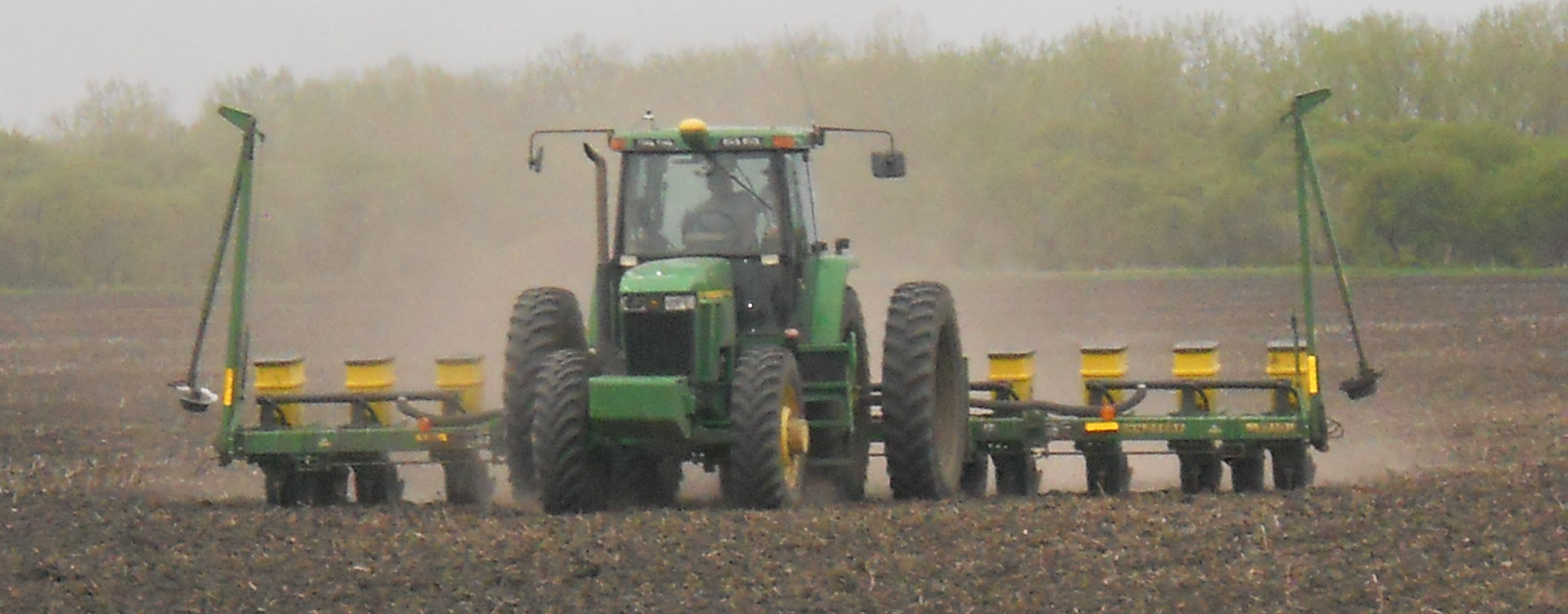
Pulse crops can be planted under conventional, minimum till or zero till production systems with a wide range of seeding equipment including: double disc press drills, hoe drills, discers, row-crop planters, air drills and air seeders.
Peas, faba beans and lentils are cool season crops that can be seeded early. All are tolerant of light frosts (-4 to –6°C). Best yields and quality usually result from early seeding as soon as the top inch (2.5 cm) of the soil reaches 5°C, providing the soil is not excessively wet.
Dry beans are considered a warm season crop and have no frost tolerance. The best yields of dry beans usually arise from seeding later than other pulse crops, when the frost risk is low and the soil temperature at seed depth has reached a minimum of 12°C. This usually coincides with the last week of May.

Soybeans are a long-season crop and require a warm growing season with an extended fall to reach maturity. To obtain best yields and quality, seeding should take place in the first three weeks of May. Soybeans and faba beans can tolerate moisture better than most other crops.
Peas and lentils prefer dry soil and weather conditions, and are generally planted in brown soil zones, where water can drain quickly. Dry beans and soybeans grow best in black soil zones, although dry beans will do better on land that drains quickly, as their moisture tolerance is not as high as soybeans.
In Manitoba, the majority of pea acres are in the western part of the province. Dry bean acres are focused around south central Manitoba. Soybeans were first produced in the Red River Valley, but production has expanded to all of Manitoba.


You must be logged in to post a comment.